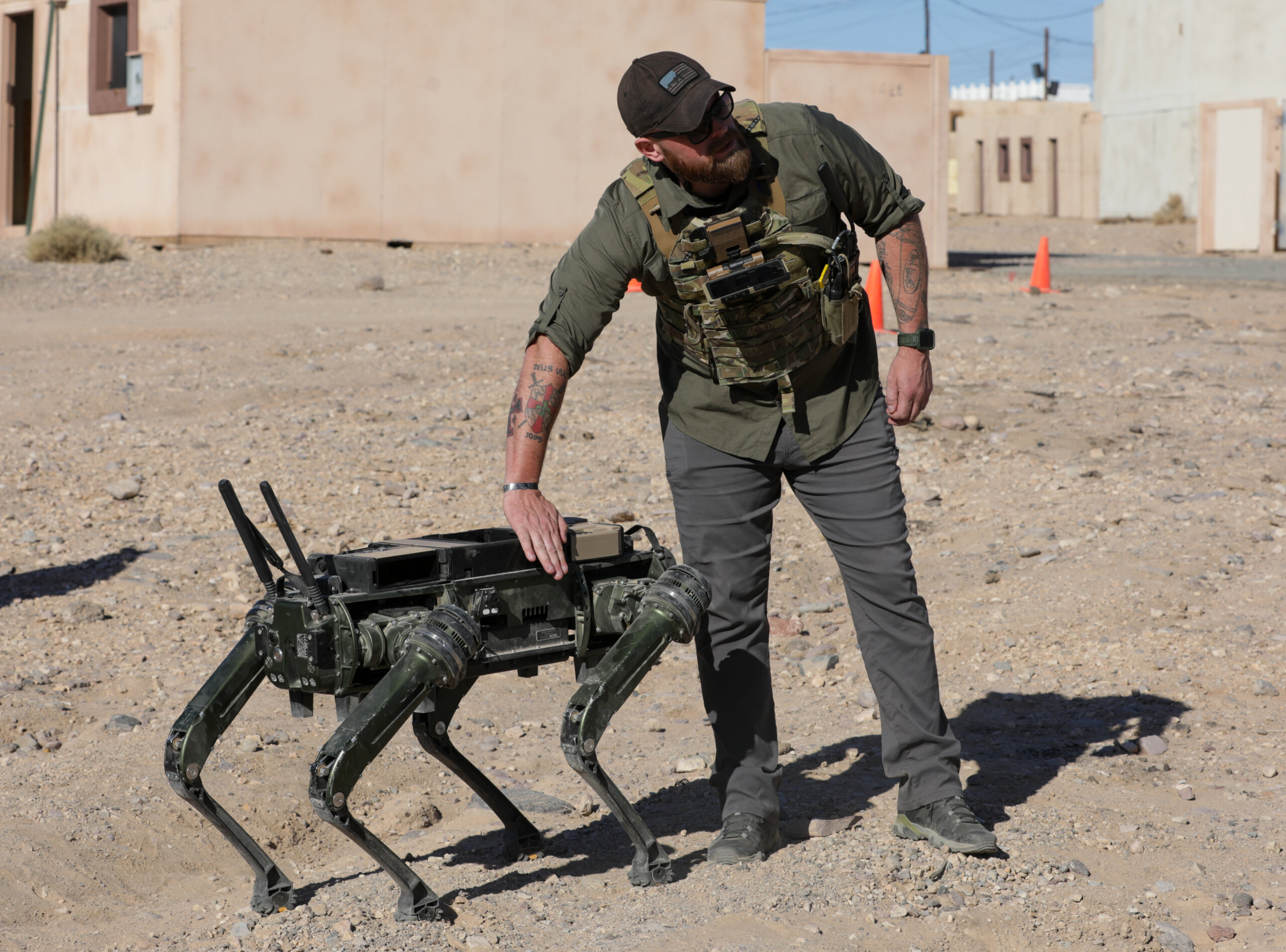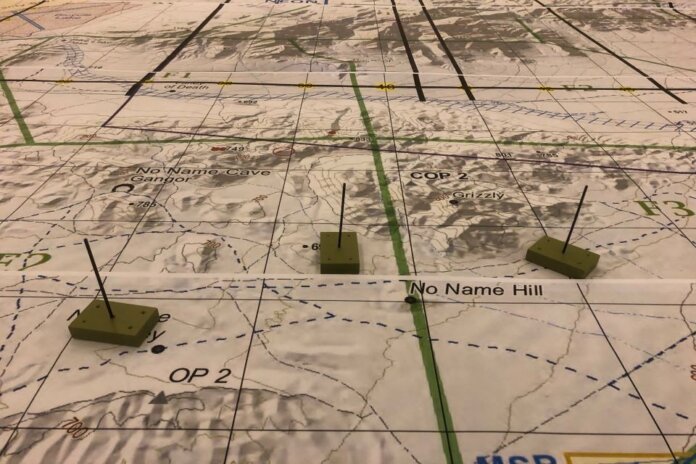An intelligence tool designed to recognise enemy vehicles using surveillance video was one of several developments tested at Project Convergence 22 (PC22) held at Fort Irwin, California, over the past two months.
PC22 brought together thousands of soldiers from the United States, United Kingdom and Australia to conduct experimentation exercises that were intended to demonstrate technologies that will allow multinational military partners to interoperate within a deployment.
Scientists from the UK’s Defence Science and Technology Laboratory (DSTL) together with UK Army Headquarters’ Future Force Directorate (FFD), worked with US counterparts at the Research and Analysis Centre, White Sands Missile Range (TRAC-WSMR), to develop testing and observation methods.
Other UK units involved included the 20th Armoured Combat Battle Team (20 ABCT) and 2nd Battalion, The Yorkshire Regiment (2 YORKS). They joined the US Army’s 1st Cavalry Division.
The tests within PC22 looked to un-complicate the ‘sensor-decide effector’ (SDE) chain by testing a range of new technologies, some of which were present for the first time. According to DSTL, multiple UK objectives were achieved using UK systems and experimentation including:
- HYDRA-R: UK/US Artificial Intelligence Toolbox deployed, tested and trained to detect, recognise and identify enemy vehicles using UK and US surveillance video. HYDRA-R was the first live deployment of the UK/US Artificial Intelligence (AI) Toolbox, a jointly developed AI pipeline for selection, deployment and retraining of AI models in mission. UK and US personnel conducted the training and deployment of AI models against data collected by UK and US platforms. This was the first step towards deploying collaborative AI and autonomy in future Project Convergence trials.
- Cyber and Electro-Magnetic Activities (CEMA) Experimentation: successful use of an electronic warfare (EW) deception capability at scale and within a Combined Joint force.
- Remote and Autonomous Systems (RAS) Platoon: created a ‘network of things’ through autonomous systems integrated at the sub-tactical level through the US’s research project (Pj SHARE). Unmanned air and ground platforms were deployed and displayed on single soldier-borne devices which simultaneously showed real time information on UK and US dismounted forces.
- Sensor-Decider-Effector: To investigate the delivery of ‘any sensor, right decider and best effector’ by integrating a vertical slice (theatre to sub-tactical) of networked capability as part of a Joint and Combined (multinational) force. This was demonstrated successfully across a multinational formation, with one nation’s deciders able to engage targets which had been observed by other nations’ sensors.
- Expeditionary Combat Service Support: the mix of process, technology, organisation and information that offers the best advantage to maintainers supporting repair in the forward echelons was successfully investigated.
- UK Rangers: support successfully given to UK Rangers in the development and a testing of their concepts of employment and operations. The Ranger Regiment are Army Special Operations force integrated with US special operations forces (SOF) partners in deep battlespace, to enable defeat of enemy forces, disrupt command and control (C2) nodes and enable conventional manoeuvre

by Andrew Drwiega














